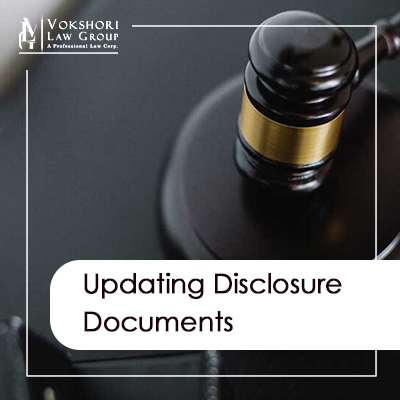
Introduction:
When it comes to selling a residential property with one to four units, the seller has a legal obligation to disclose known material information affecting the value or desirability of the property. This is typically done through a Real Estate Transfer Disclosure Statement (C.A.R. Form TDS) and a Seller Property Questionnaire (C.A.R. Form SPQ). Additionally, a natural hazards (NHD) report can be ordered from a third-party company to identify any hazards in the property’s location. In this article, we’ll discuss the duty to disclose, how to modify a disclosure, and the buyer’s right to rescind if the disclosures are made after an offer has been made.
Duty to Disclose:
As mentioned, the seller of a residential property has a legal obligation to disclose known material information that could affect the value or desirability of the property. This is done through a Real Estate Transfer Disclosure Statement (C.A.R. Form TDS) and a Seller Property Questionnaire (C.A.R. Form SPQ). In addition to these forms, a natural hazards (NHD) report can also be ordered from a third-party company.
Duty to Modify a Disclosure:
If the seller becomes aware of any adverse conditions or material inaccuracies in the disclosures previously made, they are contractually obligated to amend the TDS, SPQ, or other disclosures.
Buyer Right to Rescind:
If the disclosures or any amendments are made after the buyer has made an offer, they have the right to rescind the offer within a few days after receiving the disclosure.
Delays Between Listing and Selling:
It’s common for sellers to complete the TDS and SPQ shortly after signing a listing agreement. However, if there are delays in getting the property into contract, the seller should review all disclosures to ensure their accuracy. If any modifications are necessary, they should be made as soon as possible. Third-Party Reports: If an NHD report was ordered at the time of listing, the listing agent should confirm its accuracy with the reporting company. If there are any changes, the seller’s disclosures may need to be modified.
How to Modify a Previous Disclosure:
Instead of preparing a completely new disclosure, the seller can identify the modification by attaching an Addendum (C.A.R. Form ADM) to the TDS, SPQ, or other disclosure. The Addendum should be identified by form name and paragraph number, and the modification should be made in a clear and concise manner.
Effect of Addendum or Amendment:
If the previously prepared disclosure has not been provided to the buyer, the Addendum should be attached to it and provided to the buyer at the same time. Any rescission rights associated with the TDS or other disclosure should not be affected. If the previously prepared disclosure has already been delivered to the buyer, the Addendum will act as an amendment to the disclosure, and a new rescission right for the buyer will apply.
Conclusion:
In summary, it’s essential for sellers to complete the necessary disclosures accurately and promptly. If any modifications are necessary, they should be made as soon as possible, and an Addendum should be attached to the disclosure to ensure the buyer is aware of any changes. By following these guidelines, sellers can avoid potential legal issues and ensure a smooth real estate transaction.






